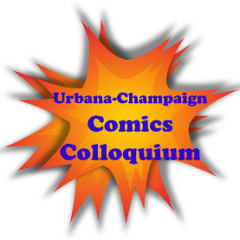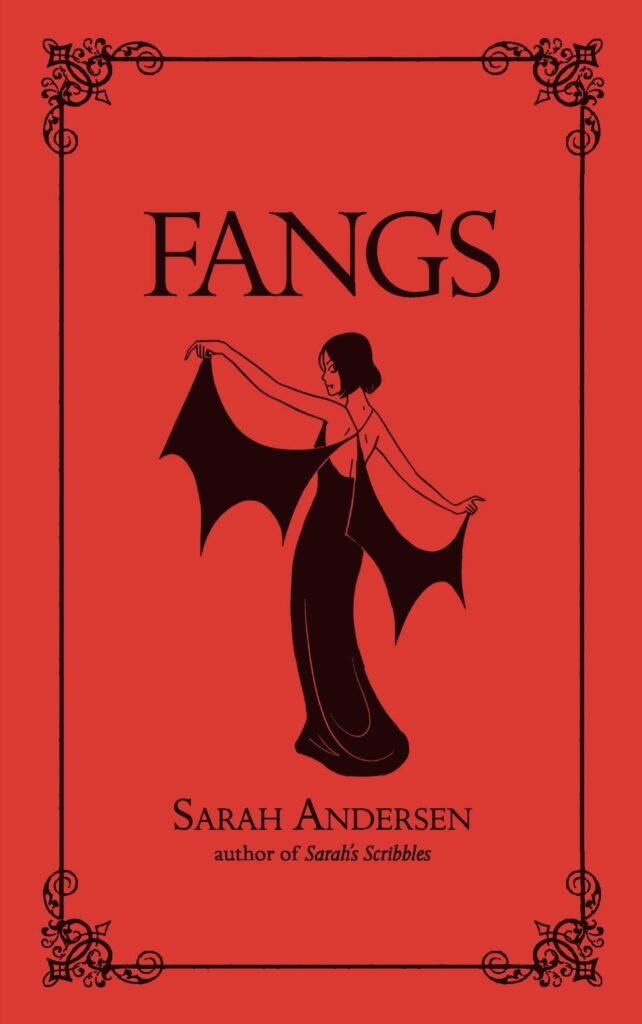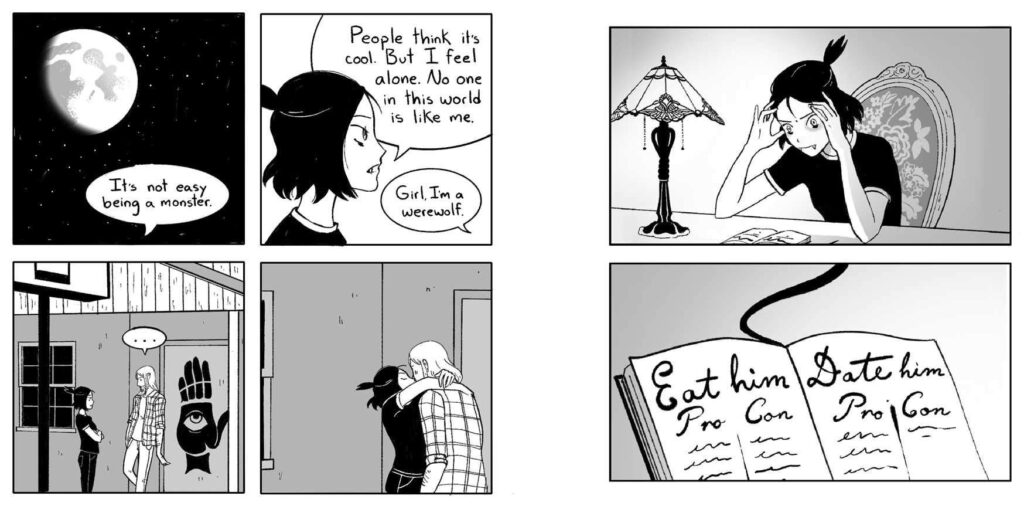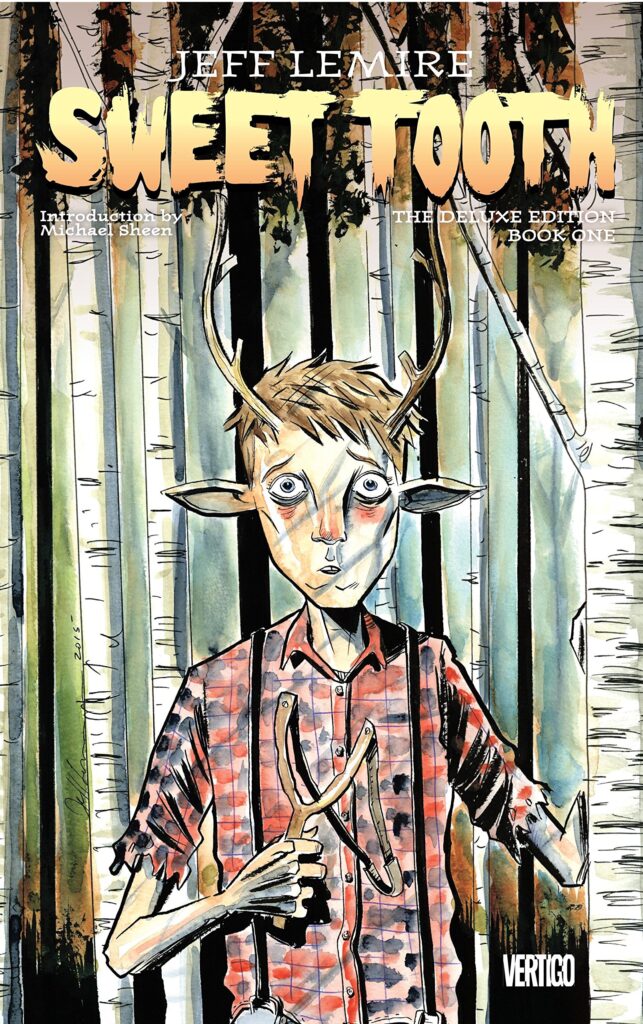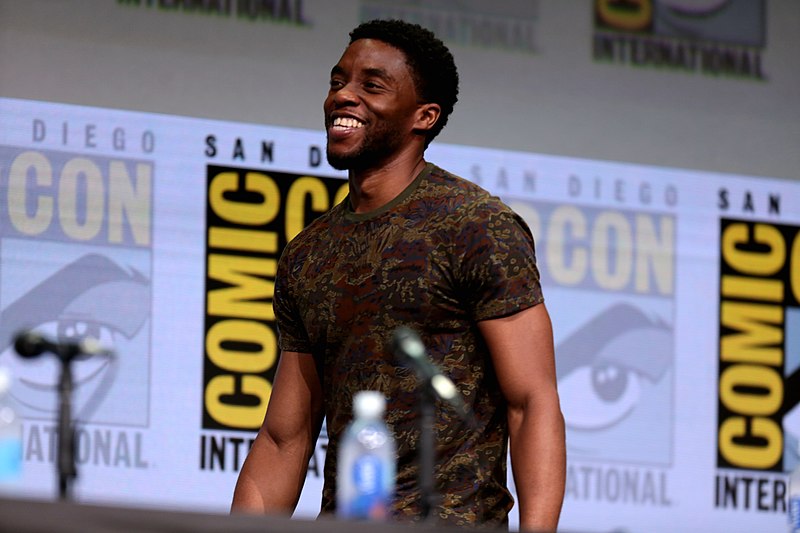Chosen by J.J. Pionke, notes by Kelli Trei.
The January 2022 meeting of the U-C Comics Colloquium discussed You Died: An Anthology of the Afterlife edited by Kel McDonald and Andrea Purcell. This anthology captures different artist and author takes on the concept of the afterlife.
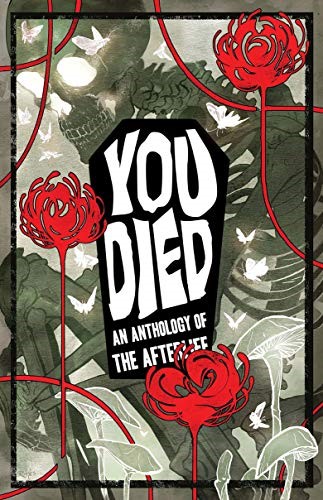
Forward by: Caitlin Doughty. Caitlin has written multiple books on the subjects surrounding death and has an incredible YouTube channel, Ask a Mortician: https://www.youtube.com/channel/UCi5iiEyLwSLvlqnMi02u5gQ.
Contributors to the Anthology: Holly Adkins, Ahueonao, Jordan Alsaqa, Shae Beagle, Luyi Bennett, Sally Cantirino, Se Case, Danielle Emile Varona Chuatico, Angela Cole, Dani Colman (Jackie Crofts, Rhandi Fisher, Grace Fong, Casey Gilly, Ale Green, Karoline Grønvik, Maddie Kathleen, Laura Ketcham, Megan Lavey-Heaton, Jeremy Lawson, A. ‘Miru’ Lee, Kirstin Lee, Juliette G.M.M. Lopez, James Maddox. Isabelle Melançon, Oliver Northwood, Rhiannon Rasmussen, Fanny Rodriguez, Nadia Shammas, Lisa Sterle, Raina Telgemeier, M.Cat.White, Letty Wilson, James F. Wright, Cheryl Young
This comic was published in March of 2021 and was part of a Kickstarter campaign by Iron Circus Comics. It is safe to say the topic of death has been on many minds in the wake of the global pandemic. It certainly was on the minds of the attendees, and in the wake of our collective COVID exhaustion, we embarked on a lively discussion about the anthology as well as death itself.
Some stories in the anthology flourished in a graphic form: Inanna’s Descent to the Underworld was one such story that was captured well by this medium. There was welcome humor found in many of the stories as well, such as Funeral in Foam by Casey Gilly & Raina Telgemeier. The group discussed at length the repetition present among many of these stories: through companions explaining death, the notion of letting go and moving on, and even within the concepts of an afterlife. While we appreciated the idea that much of our experience and experiences with death may be quite similar, we felt more BIPOC experiences of grief and death were missing.

What this work did more than anything else was open our group up to a lovely conversation surrounding our own feelings about death. Where might we want our bodies to go, perhaps a body composting facility, cremated and scattered, laid with others we once knew? We contemplated how we wanted to be remembered, if at all, and what honoring someone in death ought to look like. This meeting produced a spirit of kinship as part of such a complex and personal conversation, and I enjoyed our ability to discuss and share what our own short story might reveal about our connection with death.
Further reading recommended on the theme of death by members of the group were the following:
Duck, Death and the Tulip by Wolf Erlbruch
The American Way of Death by Jessica Mitford
Stiff: The Curious Lives of Human Cadavers by Mary Roach
The group also created a Spotify list comprised of our ‘funeral songs” or music we listened to when we contemplated death. Feel free to listen here: https://open.spotify.com/playlist/5Xf1qV333eZU03bAKTR9PO?si=310e9ac3b8c9429e
